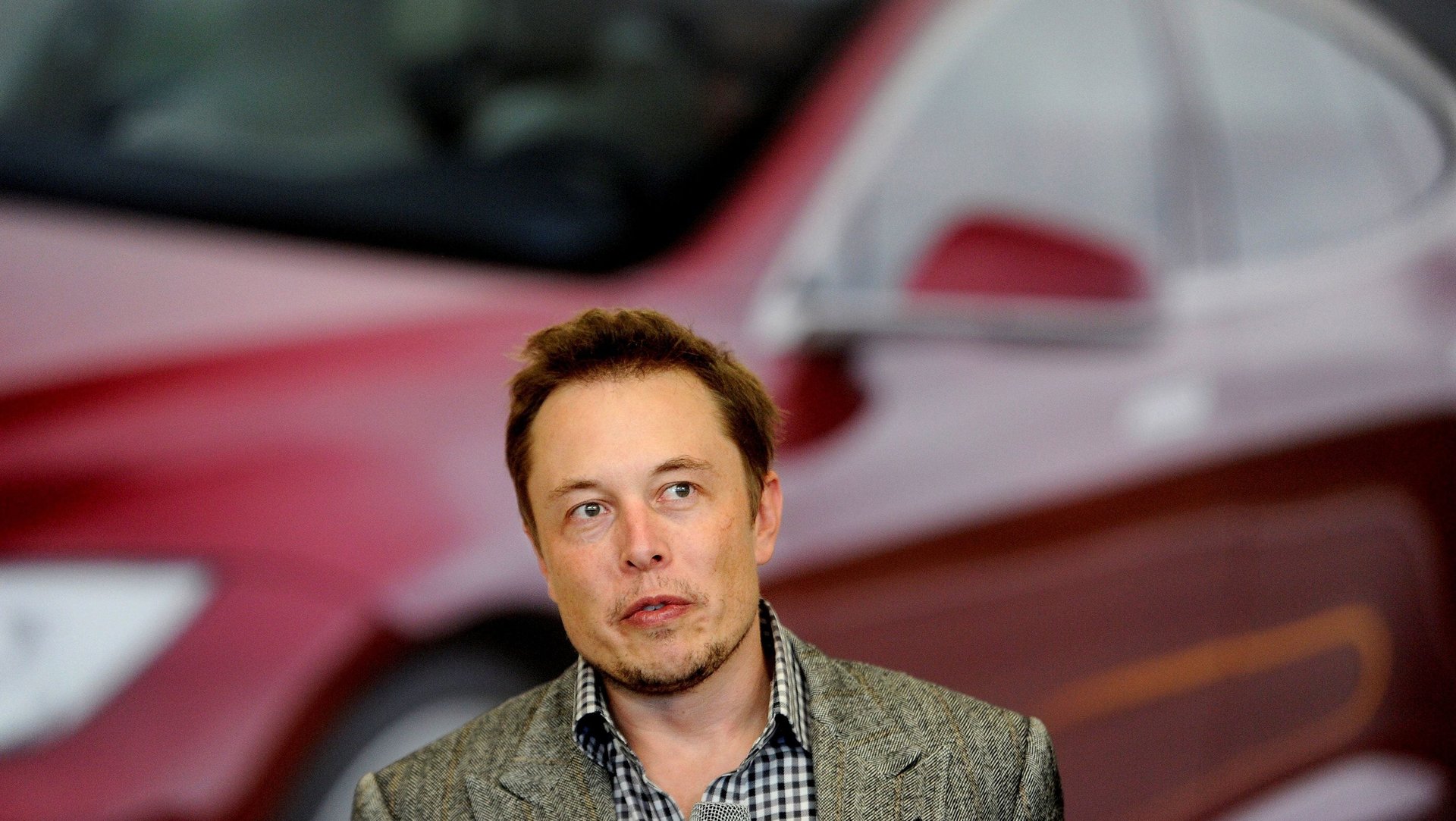Tesla lays off 7% of its employees as it faces the grim reality of mass-producing cars
Tesla is laying off 7% of its fulltime employees in the US and cutting all non-essential contractors as it seeks to deliver profits and a $35,000 Model 3. In a memo to employees, published on Tesla’s blog today (Jan. 18), CEO Elon Musk said Tesla is now facing up to the harsh financial reality of mass-producing cars such as the Model 3, rather than the lower volume luxury segment.


Tesla is laying off 7% of its fulltime employees in the US and cutting all non-essential contractors as it seeks to deliver profits and a $35,000 Model 3. In a memo to employees, published on Tesla’s blog today (Jan. 18), CEO Elon Musk said Tesla is now facing up to the harsh financial reality of mass-producing cars such as the Model 3, rather than the lower volume luxury segment.
“While we have made great progress, our products are still too expensive for most people,” Musk wrote.”Tesla has only been producing cars for about a decade and we’re up against massive, entrenched competitors. The net effect is that Tesla must work much harder than other manufacturers to survive while building affordable, sustainable products.”
The move follows a 9% cut of Tesla’s US workforce in June to “eliminate bureaucracy and move faster.” Musk tweeted the company had about 45,000 employees in October, and has grown 30% in the last year, according to the memo. But until now, the electric carmaker has simply been in a battle to survive. Its troubled ramp-up of the mass-market Model 3, priced at $44,000, nearly bankrupted the company. No expense was spared to bring it to market, from running weeks of overtime shifts to airlifting a redesigned assembly line from Germany at eye-watering expense.
But Tesla no longer has that luxury. The company turned a $312 million profit last year, but Musk said profits were expected to slip slightly for the fourth quarter of 2018. The $54 billion company has limited financial maneuvering room as it tries to expand its global footprint while carrying $9.7 billion in debt, breaking ground earlier this month in Shanghai on its first overseas Gigfactory. It recorded a net income of $312 million during its third quarter, and managed to produce 80,142, vehicles, according to its Oct. 24 earnings report (pdf). “We can be positive cash flow and profitable all quarters going forward,” Musk said at the time (he left an exception during quarters requiring large debt repayments).
That’s a different tone than today’s message, in which Musk said international shipments of its more expensive Model 3 “will hopefully allow us, with great difficulty, effort and some luck, to target a tiny profit.”
Tesla is now facing the same dilemma as the other major auto companies: mass-producing cars is a brutal business. The capital cost of factories and materials is astronomical. Margins are often thin to non-existent on many models, even for storied brands like Ford, which recently retired its entire lineup of sedans except the premium Mustang to focus on lucrative trucks and SUVs.
Tesla will presumably be able to charge a premium for quite some time given its brand, design, and superior software. But every drop in price squeezes Tesla’s margins. That makes Musk’s improvisational style, while brilliant at producing vehicles no one has ever seen before, exponentially more expensive.